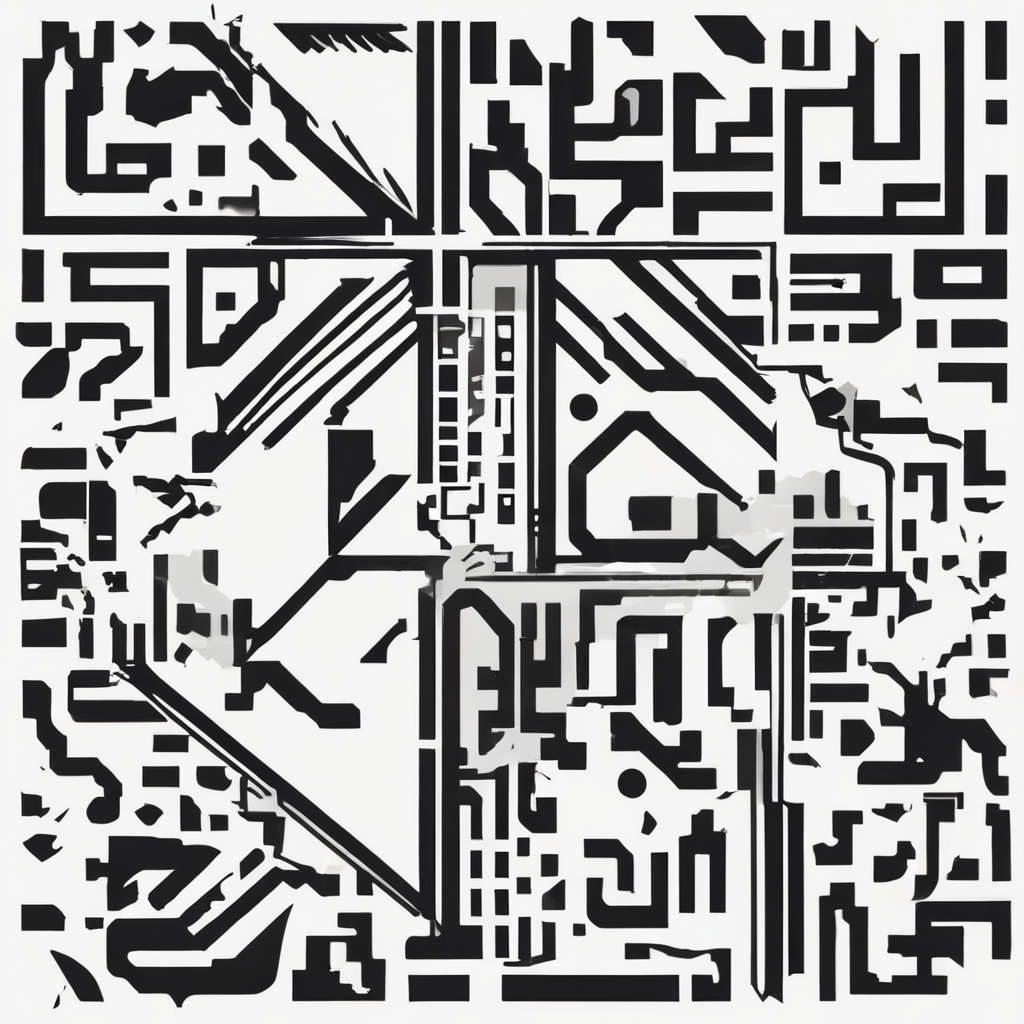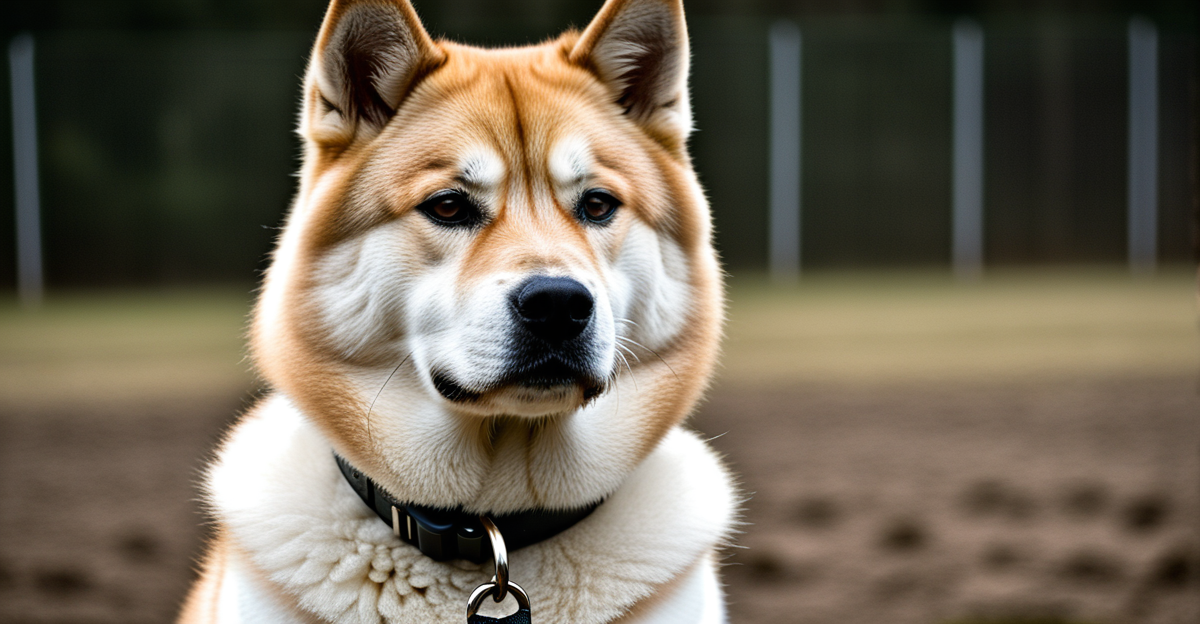Overview of Training Collars for Akitas
When selecting training collars for Akitas, understanding the variety available is crucial. Akitas, known for their independence and strength, require a collar suited to their temperament. Three primary types of training collars include choke collars, prong collars, and electronic collars.
A choke collar tightens around the dog’s neck when pulled, providing a correction method suitable for short training sessions. Next, prong collars feature metal links designed to apply even pressure around the dog’s neck, preventing pulling without causing harm when used correctly. Finally, electronic collars deliver mild stimulation or vibrations to capture the dog’s attention during training, though they must be used with caution and under professional guidance.
Dans le meme genre : Revealing Boxer Health Risks: Proven Prevention and Care Strategies
The choice of training tools should reflect the Akita’s individual personality and training needs. With training collars, a strategic approach can be implemented to address behavioral issues, ensuring the tool acts as an aid in creating a structured training environment. Choosing the right type enhances the potential for achieving training goals, emphasizing the importance of carefully understanding each option’s function and application.
Pros and Cons of Various Training Collars
Selecting the appropriate training collar for an Akita is an intricate task, given this breed’s distinctive traits. Evaluating the advantages of these collars, it’s clear they offer training effectiveness, particularly for stubborn breeds like Akitas. Choke collars, when used briefly, can effectively capture an Akita’s attention without causing physical harm. Prong collars, designed with safety in mind, spread pressure evenly, reducing the risk of injury while addressing behavioral issues like pulling.
Dans le meme genre : Comprehensive Flea Control Tactics for Your Outdoor Norwegian Elkhound: The Definitive Guide
However, each collar also comes with potential disadvantages. Choke collars, if misused, can lead to physical damage. Prong collars need precise fitting to avoid undesired effects like anxiety. Electronic collars, although beneficial for reinforcing desired behaviors, demand cautious handling to prevent overstimulation or distress.
When assessing a collar’s effectiveness in overcoming behavioral challenges, it’s crucial to consider the Akita’s temperament. An improper choice may exacerbate issues rather than resolve them. Recognizing the risks associated with each type, combined with expert guidance, ensures a balanced approach to training, enhancing the overall training experience for both owner and pet.
Recommended Brands for Akita Training Collars
Exploring the best training collars for Akitas requires understanding which brands lead in quality and effectiveness. Numerous top brands cater specifically to the unique needs of Akita owners, providing products designed for maximum functionality. When considering collar recommendations, popular brands like PetSafe, Herm Sprenger, and SportDOG stand out.
Overview of Popular Brands
PetSafe is renowned for its innovative training tools, offering a range of collars that balance safety and control. This brand is especially noted for its electronic collars, which feature adjustable stimulation levels. Herm Sprenger, known for its high-quality prong collars, ensures durability and effective pressure distribution, crucial for handling an Akita’s strength. Lastly, SportDOG specializes in electronic collars that provide robust, user-friendly options for obedient training.
Features to Look for in a Brand
Key features enhancing collar performance include durability, adjustable settings, and comfort. Brands combining these features ensure training collar types are both humane and efficient for Akitas. Look for collars with ergonomic designs and secure fastenings, important for adapting to different Akita training tools and environments.
User Ratings and Reviews
Users frequently praise these brands for their consistency and effectiveness in addressing Akita training issues. Reviews highlight smooth functionality and the ability to tailor training sessions, affirming their continued popularity among Akita owners.
Safety Considerations When Using Training Collars
Understanding safety tips is essential when employing training collars for Akitas to minimize injury or distress. Gradual introduction to these tools is key, allowing the Akita to adjust comfortably. Initially, let the dog explore the collar and be present during the first few times it’s worn. This builds a positive association.
Humane training ensures the emotional well-being of the Akita. Opt for collars that allow for adjustable settings, giving control over the intensity of any correction. Ethical training involves monitoring the dog’s responses closely, ensuring the stimuli are never too harsh or distressing. If stress signals arise, reassess the system immediately.
Collar usage guidelines advocate for limited and controlled sessions, preventing overdependence on the collar itself. Avoid leaving the collar on for extended durations, especially when unsupervised. Additionally, seek professional guidance, particularly for electronic collars, to prevent misuse.
Accompany training sessions with affirmative reinforcements, such as treats and praise, solidifying desired behaviors without solely relying on the collar. This balanced approach emphasizes humane treatment, respect for the dog’s temperament, and reinforces effective training methods.
Common Challenges When Training Akitas
Akitas are known for their distinct behavioral challenges, including a strong-willed nature and occasional stubbornness. These traits can make training a demanding task. Understanding common Akita training issues helps owners set realistic goals and tailor their approach. Akitas may exhibit behaviors like stubbornness and aggression towards other animals if not correctly managed from early on.
Training collars can play an integral role in addressing these challenges effectively. For instance, prong collars help manage pulling behavior by distributing pressure evenly, thus preventing harm while ensuring control. Similarly, electronic collars can aid in focusing an Akita’s attention when paired with professional guidance.
Best practices involve recognizing an Akita’s temperament to ensure training success. Setting clear, achievable goals is critical. Utilizing training collars in conjunction with positive reinforcement strategies promotes desired behaviors, maintaining an encouraging training environment.
Use techniques like short, scripted sessions combined with treats and praise to reinforce positive behaviors. By understanding these behavioral nuances and utilizing the right tools, training becomes an efficient, enjoyable experience for both Akita and owner.
Proper Usage Instructions for Training Collars
Incorporating collar usage techniques is crucial for successful Akita training. It starts with understanding the particular training methods appropriate for different training collar types. Step-by-step instructions are indispensable for achieving the right fit and effectiveness.
Step-by-Step Collar Setup and Fit
Begin by selecting a collar that suits the Akita’s temperament. For prong collars, ensure each prong aligns correctly, not pressing too tightly. For electronic collars, adjust the settings to offer a level of stimulus tailored to the animal’s needs. Incorrect fitting can cause discomfort, sabotaging effective training.
Techniques for Different Collar Types
- Choke collars: Use short, gentle tugs during commands to prompt desired behaviors.
- Prong collars: Apply swift, decisive corrections, under guidance.
- Electronic collars: Pair mild stimulations with verbal commands, reinforcing training goals.
Consistency and Positive Reinforcement
Consistency is imperative. With training methods, always couple corrections with positive reinforcement like treats or praise to create a balanced training environment. This approach nurtures the Akita’s comprehension of tasks, leading to smoother training sessions and improved results.











